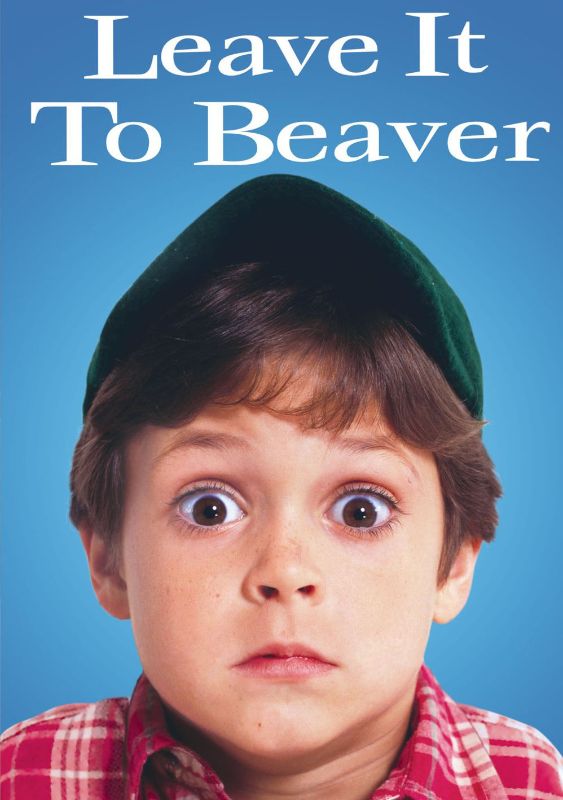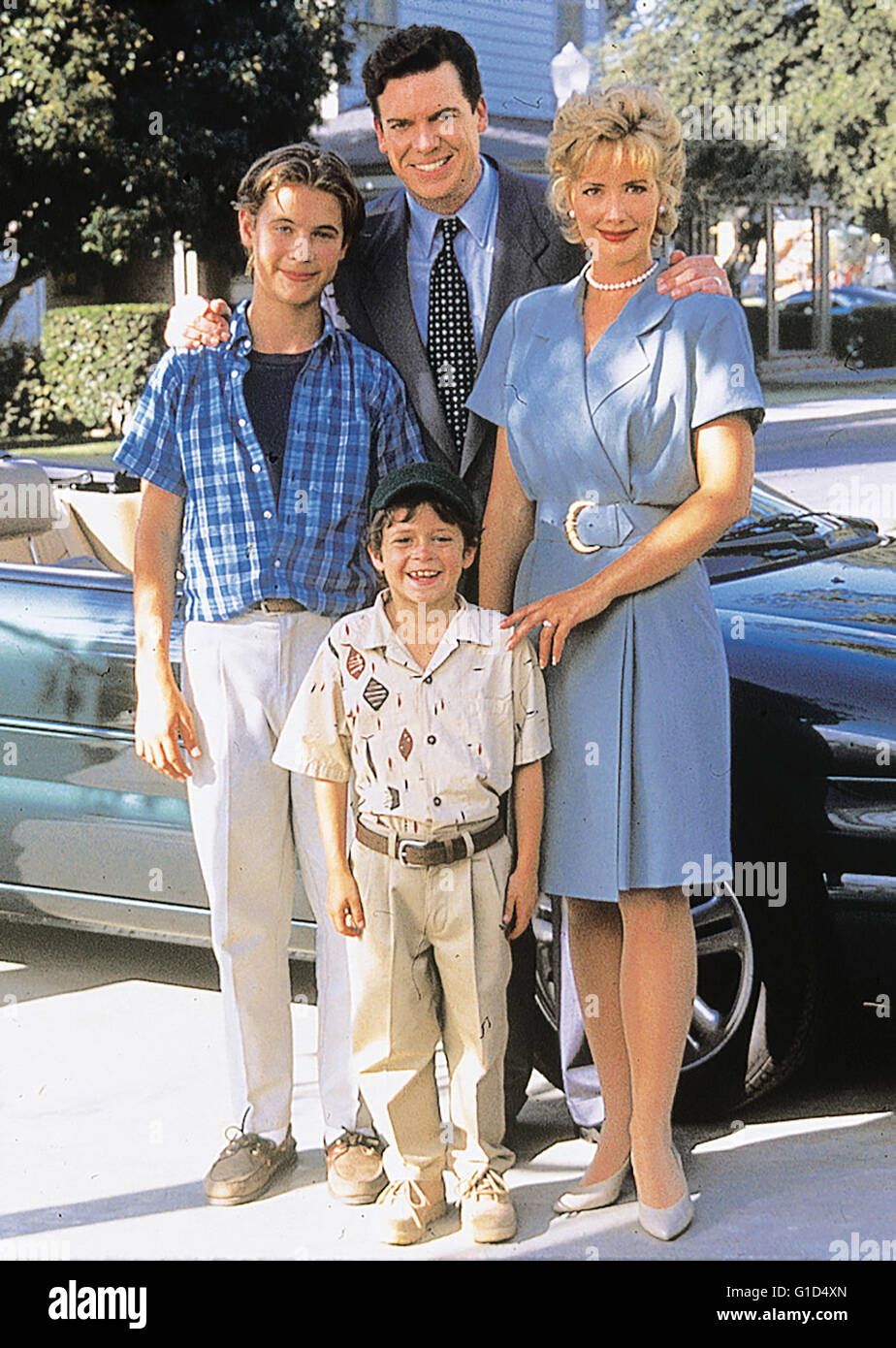What made Leave It to Beaver such a enduring success, captivating audiences across generations? The show's remarkable ability to capture the essence of post-war American suburban life, its exploration of universal themes of family, and its nostalgic portrayal of a simpler time, all contributed to its lasting appeal.
The phrase Leave It to Beaver itself has transcended its origins, entering the cultural lexicon as a shorthand reference to an idyllic, perhaps overly-sanitized, vision of family life. The show, a quintessential American sitcom, first graced television screens in the late 1950s, offering viewers a comforting escape and a reflection of the aspirations and values of the era. From its debut, the show became a cultural touchstone, shaping perceptions of family dynamics and societal norms for years to come. The program, which initially premiered on CBS on October 4, 1957, before moving to ABC, ran for six seasons, becoming a staple of prime-time television. The show's premise, centered around the everyday trials and tribulations of young Theodore Beaver Cleaver, resonated deeply with audiences seeking a sense of normalcy and stability in a rapidly changing world. This simple narrative of the life of a young boy in suburban America, with its predictable rhythms and comforting familiarity, provided a much-needed respite from the anxieties of the Cold War and the societal shifts of the time. It presented a world where problems, though sometimes significant to the protagonists, were always resolved with a dose of understanding and a gentle moral lesson.
The series, Leave It to Beaver, presents a detailed snapshot of the era and helps in understanding the nuances of social interactions and the prevailing norms. Though, the show itself cannot be considered a groundbreaking masterpiece of the genre, it effectively embodies the spirit of the decade it aimed to portray. It offered a glimpse into the idealized and sometimes unrealistic portrayals of American family life, reinforcing the values of the period.
The program's core strength lay in its characters and their interactions. The Cleaver family, with Ward and June as the wise and patient parents and Wally as the older, more responsible brother, provided a reassuring framework of familial support. This perfect nuclear family became a common theme in sitcoms, showcasing the ideal household of the time. Barbara Billingsley, Hugh Beaumont, Tony Dow and Jerry Mathers brought their characters to life with sincerity and humor, making them relatable and endearing to viewers. The actors' performances, coupled with the show's gentle humor and straightforward storylines, created a world that was easy to embrace. Each episode offered a new perspective on life in suburbia, highlighting the challenges, the misunderstandings, and the triumphs of everyday existence. Through the show, viewers were introduced to the archetypes of American family life. June Cleaver, the epitome of the dutiful homemaker, and Ward Cleaver, the wise and supportive father, became iconic figures.
Beyond the Cleaver family, Leave It to Beaver explored the social dynamics of childhood. Beaver's friendships with characters such as the mischievous Eddie Haskell and the loyal Larry Mondello added layers of complexity and humor to the narrative. The show's exploration of these friendships reflected the importance of peer relationships in childhood and demonstrated how these relationships shaped young individuals' perspectives on the world. The show's storylines often revolved around the everyday experiences of children. Whether it was learning a valuable lesson, navigating a tricky situation, or simply experiencing the joys and pains of growing up, Beaver's life offered valuable insights into the human experience. The show provided a platform for the exploration of morality, showing young viewers the difference between right and wrong.
As the show became part of the television landscape, it did more than entertain. It became a cultural artifact, reflecting the values, aspirations, and anxieties of the time. This series, which was a product of its time, allowed viewers to experience a sanitized version of reality. The portrayal of upper-middle-class suburban life, though perhaps idealized, encapsulated the innocence and misadventures of young Beaver Cleaver. Leave It to Beaver became more than just a television program; it was an artistic expression of a particular moment in history. After the turbulence of World War II, Americans were seeking tranquility and order. The show offered a sense of nostalgia, a vision of a world where problems were solved, and life was predictable. It captured a moment in American history, giving insights into the social, cultural, and familial aspects of the 1950s.
The show's influence extended beyond its original run, shaping the landscape of American television and influencing subsequent generations of shows. Its emphasis on family values, its exploration of childhood, and its nostalgic portrayal of a simpler time continue to resonate with audiences today. The show's impact is evident in the many remakes, spin-offs, and homages that have been produced over the years. These adaptations demonstrate the show's enduring appeal and its ability to capture the imagination of audiences across generations. The values the show displayed—honesty, integrity, and respect—are still relevant, creating an enduring legacy.
“Leave It to Beaver” continues to entertain, offering viewers a nostalgic look at a bygone era. The show, with its heartwarming stories and endearing characters, has stood the test of time. The simple, yet relatable, stories and themes remain fresh and engaging, reminding viewers of the importance of family, friendship, and community. As we celebrate the show's sixtieth anniversary, its legacy endures, inspiring new generations of viewers.



